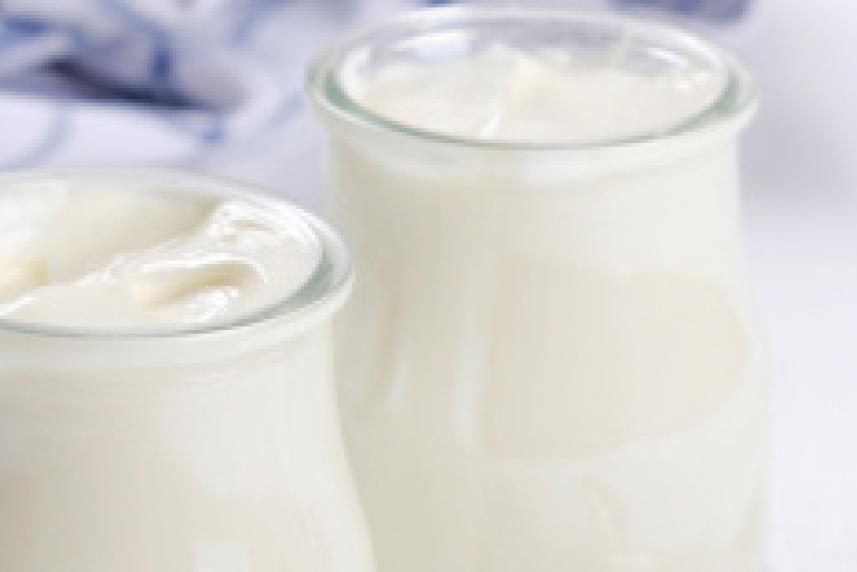Wallet-friendly wellness foods
Shop for healthy ingredients that don’t overpromise.

Chia seeds and coconut oil are buzzing on the blog-o-sphere, and your friends swear that almond milk is the new dairy milk. Are these ingredients really all that? “The problem with a lot of foods that start to become popular and highly touted: Research may not match the claims,” says Jennifer Culbert, RD at Sargent Choice Nutrition Center in Boston, MA. “It’s not the answer that a lot of people are looking for.”
Find out which “health” foods to shop for, and which to skip, using tips from Culbert and Kerri-Ann Jennings, a Burlington, Vermont-based RD.
‘Loose’ Whole Grains
The Verdict: Shop!
While unrefined grains such as quinoa, amaranth, and wild rice may seem expensive (they cost around .67 cents to $1.30 per 3/4-cup serving), the price might be worth it. “[Whole grains] offer fiber, B vitamins, protein, and a whole slew of micronutrients that aren’t really found in more processed grains,” Jennings says. Eating whole grains may lower risk of heart disease and help weight maintenance.
Non-Dairy Milk
The Verdict: Skip.
Dairy-free milks may not be better for you despite what some small studies say. “Unless you absolutely need to avoid cow’s milk, they may not be worth it. Most of them don’t deliver the same nutrients as cow’s milk,” Jennings says. While soymilk is high-protein and sometimes fortified, most nut milks lack protein, calcium, and vitamin D, Culbert says. The perks? Non-dairy milks such as almond, coconut, or oat milk are low in calories and have a pleasant, nutty flavor. They are also vegan-friendly.
Kefir
The Verdict: Shop!
Kefir is a drinkable milk product similar to yogurt and is found in the dairy aisle. Culbert suggests sampling plain, low- or non-fat kefir in smoothies or overnight oats. “It’s really not any more expensive than buying a large container of yogurt,” she says. “The protein content is similar to a serving of Greek yogurt, but it’s a more easily digested form of yogurt and has about 3 times the probiotics."
Coconut Oil
The Verdict: Skip.
Coconut oil gets heavy hype despite containing 12 grams of saturated fat per tablespoon. What gives? “It does seem to be the darling food of the moment, but there is no proven research. It’s still very, very high in saturated fat, the type of fat that we’ve been really told to stay away from as it increases risk of heart disease,” Culbert says. If your diet is low in saturated fat, coconut oil is useful for cooking at a high smoke point (think: stir-fries) and is shelf-stable. “If you eat meat and cheese, you’re usually getting enough saturated fat through those sources,” Jennings says.
Alternative Flour
The Verdict: Shop!
Upgrade your morning pancakes or favorite baking recipes with whole grain options including oat flour, spelt flour, and white whole-wheat flour. “If you do bake, it's definitely smart to look for alternatives to white flour. They can offer a lot of flavor and texture to baked goods,” Jennings says. You can also make oat flour in a blender from rolled oats—easy and economical.
Chia and Flax Seeds
The Verdict: So-So.
Chia and flax seeds have plant-based omega 3s that support heart health, but it’s omegas in fish that have a wider range of benefits including brain and cellular health, Jennings says. “Chia and flax are cost effective, go a long way per serving, and are cheaper than fish, but try to get actual fish oils as well, at least a couple servings of oily fish per week,” she says. Add chia or ground flax seeds to salads, smoothies, or soups, being mindful of portion size as they can be caloric. “In those tiny seeds, it’s not a free for all,” Culbert says.
The Bottom Line
Testing new ingredients can make meals healthy and entertaining, and a holistic approach is key. “Even though blueberries are great, you wouldn’t have them every day in expense of other fruits,” Culbert says. “Try to get a wide variety of foods and eat what’s in season. Fruits and vegetables, the more the better!”


